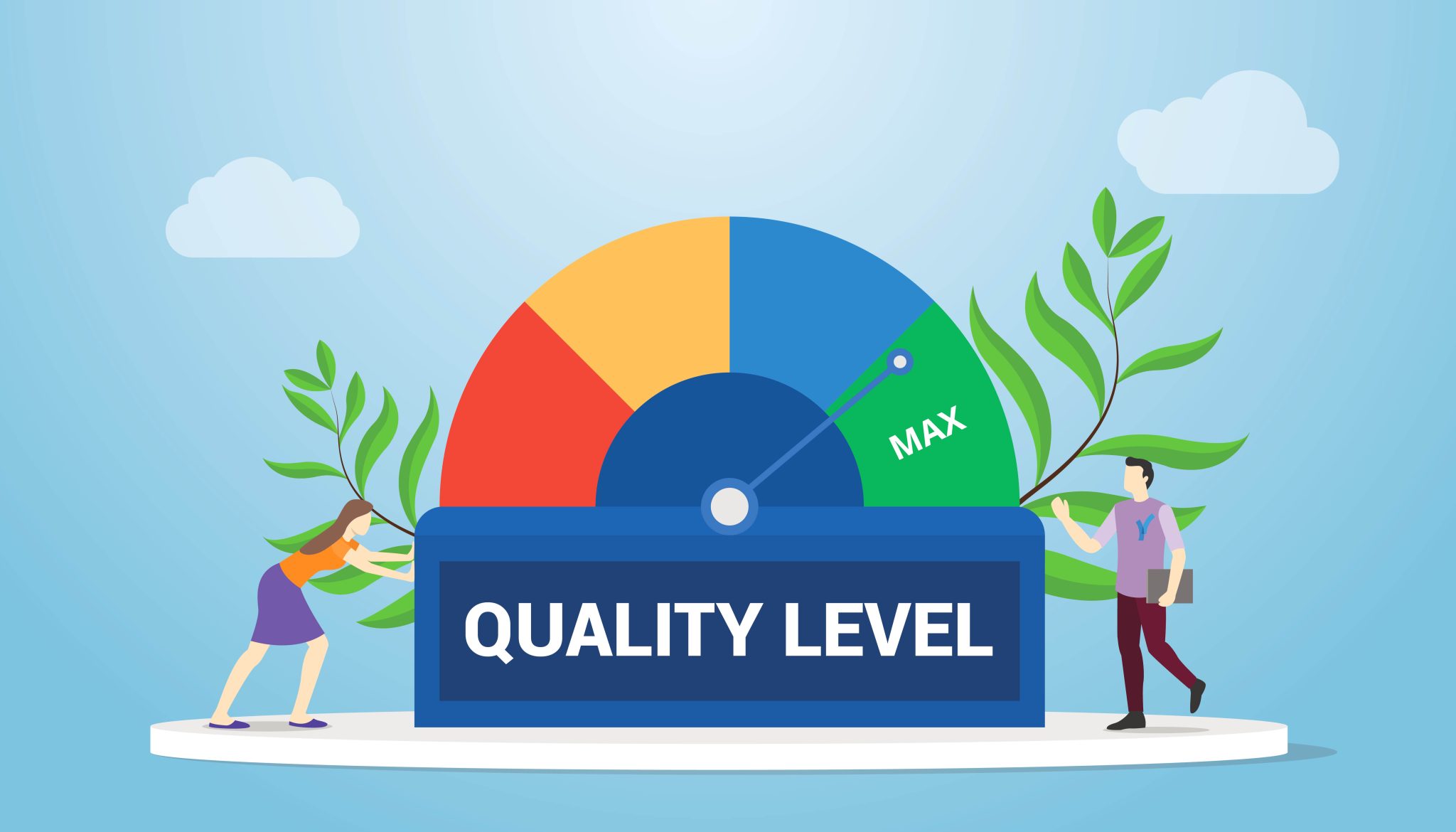
Quality Control: A Well-Oiled Design Authority for your RPA program
Design Authority eliminates the greatest inhibitors to scaling automation.
Design Standards are Nothing New
Quality control is a key part of any impactful project regardless of what is being delivered – whether this takes the shape of formal peer review or soliciting group feedback. The end goal is to ensure a high-quality output and, ultimately, value. In the case of any technology or creative project where something tangible is being produced the most successful outcomes occur when there are set design standards to build to, then measure quality and consistency against. In the Intelligent Automation world, setting design standards and managing quality control is the realm and responsibility of the Design Authority.
Core Tenets of a Design Authority
The day-to-day workings of a Design Authority will vary between organizations, but the best implementations of the concept have some common core principles/responsibilities:
— Best Practices – setting the design standards & best practices, ensuring that these are accessible to all development resources and those resources are upskilled in application of these standards.
— Design Review – being a stage gate in the delivery lifecycle to sign off on automation design prior to build commencing. Being involved at this stage of the process saves a lot of time and rework when it comes to code review and facilitates the use of reusable components.
— Code Review – performing code reviews to ensure best practice adherence and quality of processes being deployed to production.
— Reusable Component Library – management and ownership of the reusable code components. Driving usage of reusable components, particularly through involvement in design review, facilitates a continuous increase in delivery speed across the whole program.
Beyond these key roles, some organizations then extend the responsibilities of the Design Authority into areas such as application assessments and assessing the feasibility of new Intelligent Automation technologies depending on resource capacity.
A Design Authority in the Wild!
In practice, Design Authorities take many shapes and forms. Smaller organizations or those just embarking on their automation journey may opt to have a single person perform the role. On the other end of the scale, you have large enterprises with mature Intelligent Automation programs who have a central authority made up of multiple people who manage the standards and quality of either federated or centralized development teams. Another version of the enterprise scale Design Authority is where organizations have a 3rd party vendor perform the role reducing the need to find and hire scarce talent with the expertise required. It’s worth mentioning that many programs have no Design Authority or quality control in place at all! These programs typically hit a wall early when trying to scale as the cost and effort to maintain automations increases exponentially as each new (likely poor quality) process is delivered to production.
Is it Easier to Get it Wrong than Get it Right?
The real trick behind a Design Authority that works is striking a balance between ensuring quality and avoiding unnecessary red-tape – causing bottlenecks in delivery. Too many times have we seen the best intentions applied in setting up a Design Authority, only to have it understaffed or lack the structure required to function, and therefore have the process bypassed in the name of speed – or worse have the whole idea scrapped because it’s not working! Having a clear methodology with stage gates is the first step to getting it right, coupled with getting the right resources in place to perform the work required. This in itself presents a challenge as Design Authority resources need to be experts in the field, able to handle multiple workstreams at once, and navigate the sometimes-tricky politics inherent in dealing with multiple development teams and vendors. Finding this niche skillset in the market takes time and effort, which is why so many organizations supplement their Design Authority with 3rd party support or just outsource it altogether!
When it Goes Right Tho…
A properly staffed Design Authority with the right skillset and supporting frameworks for implementation of standards, design & code reviews has a huge impact on an Intelligent Automation program. Greatly reduced maintenance, increased business confidence (we’ve all heard of those “nightmare processes” which damage the opinion of automation with business users), more streamlined platform upgrades, and widespread component reuse leading to much faster implementation are all benefits you can expect from a well-oiled Design Authority. The best programs are supported by technology (RPA accelerators, CICD frameworks) to drive further efficiency without a reduction in quality, they also have a continuous improvement mindset seeking input from dev teams and external parties to stay on the frontline of best practice thinking and applying it to the needs of their organization.
To Infinity… and Beyond!
Getting the Design Authority right removes the greatest inhibitors to scaling Intelligent Automation programs. If you can have confidence in the quality and consistency of the automations going through delivery and have an “assembly line” mentality, there’s nothing stopping you from successfully scaling automation across your organization and fulfilling the promise of value and efficiency that Intelligent Automation provides!
Reveal Group experts can help ensure you have quality control over your automation programs. Contact Us to learn more.
